I know that there has already been question about optimizing PNP turn-off time, but my circuit is a bit different from that question so the solution presented there does not seem to work for me. Here is my circuit

I use MAX7219 to drive this circuit. The MAX7219 digit output is inverted by CD4069 so it can drive the common anode 7 segment that I have. D1 represents segment A, D2 represents segment B, this configuration continues up until segment G.
The problem that I have now is because MAX7219 scanning time is at about 800Hz for 8 Digits display, the PNP 2N3906 does not turn off fast enough, so there is ghosting on the display. Here I have tried measuring the 2n3906 collector voltage on CH-1 (yellow), and base input of the 2n3906 on CH-2 (green).

From those measurements i think that my turn off delay time of my pnp is way to slow, but i dont know how can i possibly improve it.
Here is the 7 segment that I use:

EDIT:
Here is the output waveform of MAX7219 on Digit 1 and Digit 2. From what I see in the datasheet the interdigit blanking should be at least 1/32 of a cycle, but here I see almost no interdigit blanking. Any idea why?
EDIT2:
Here is the waveform of the current measurement on a segment as suggested by Spehro, the current looks fine to me. So it should be eliminate pnp turn off time as the cause of the ghosting problem right?

